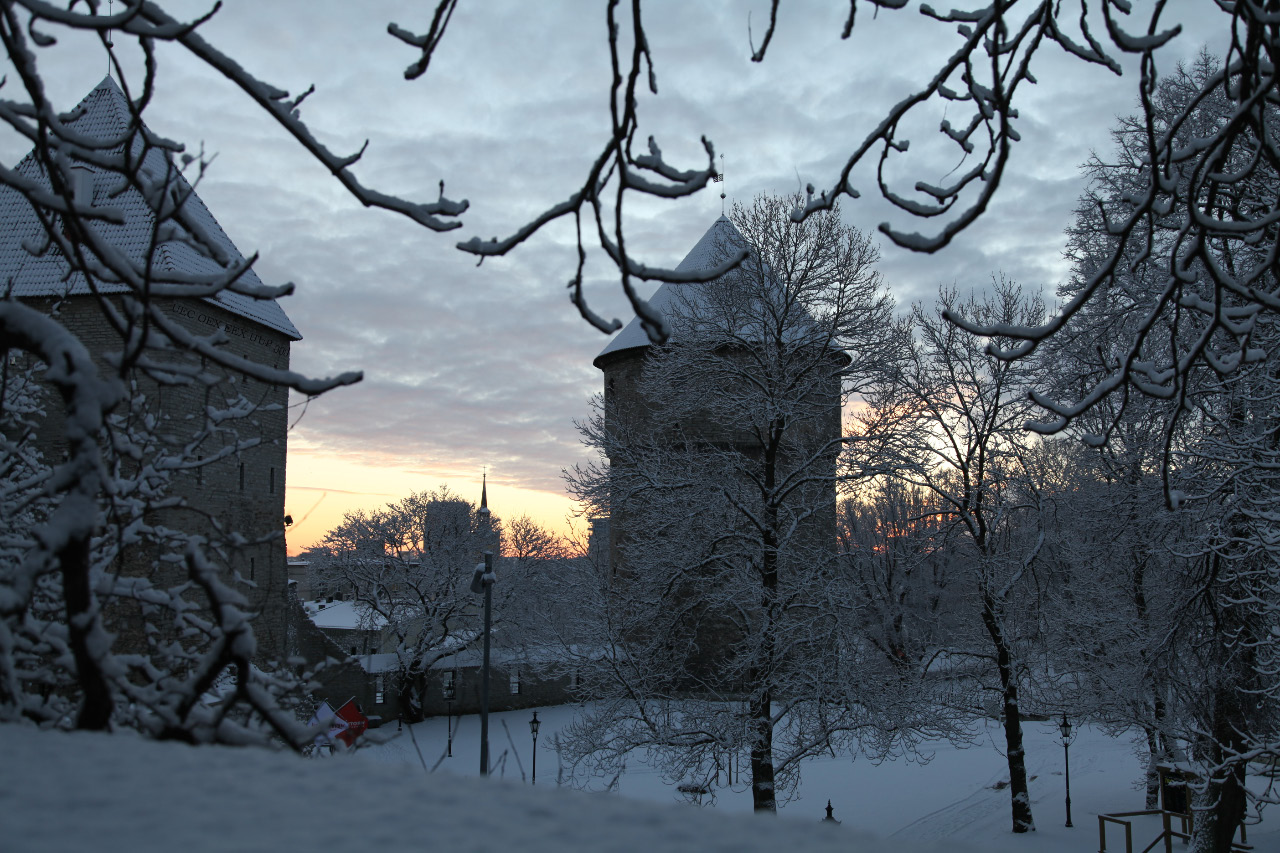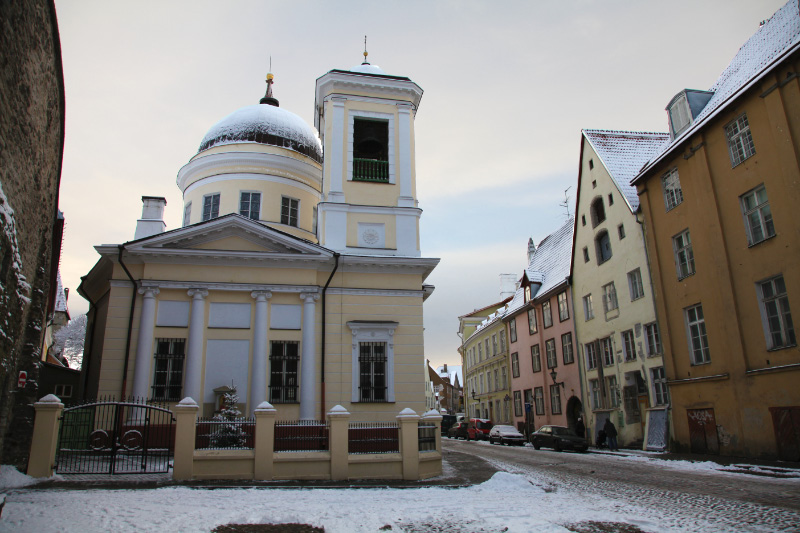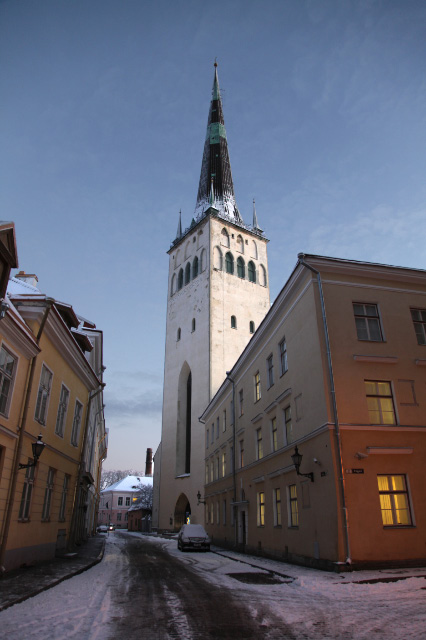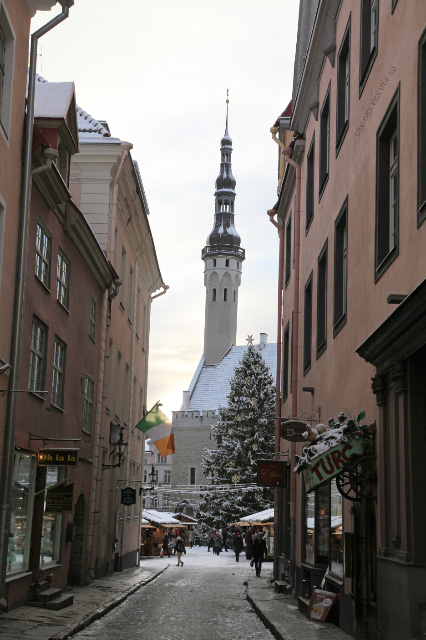|
Ühine Euroopa Kristluse
| |
 |
|
| |
... atop the much older Toompea - Domberg - Cathedral Hill, though the tower at the center, named in Plattdüütsch Kiek in de Kök, dates to only 1475. |
|
| |
See riikide nimekirja, kelle territooriumil ja rahvaid koostisosad Ühine Euroopa Kristluse on mõeldud faktilise, mitte subjektiivsete. Ta esindab mille territooriumid kuuluvad Euroopa Kristluse, mitte ala, kus peab olema. See ei ole samaulatuslikuna kirik.Kirik on universaalne ja igavene. Ühine Euroopa Kristluse võib hõivata 48 protsenti pindalast Maa. See võib hõlmata elab umbes 1,200,000,000 inimesed, kes tootsid SKP 40,238,403,000,000 US $ 2012. aasta kaheteistkümne kuu (umbes 56 protsenti kogu maailma). See võib kesta nii tsivilisatsiooni 50000 aastat või isegi vähem kui päevade arv. Igal Ühine Euroopa Kristluse ei ole ei kõikehõlmav ega igavene. Autor Jumala armust Euroopa Kristluse ei ole isegi kattub kristluse. Paljud inimesed teistest tsivilisatsioonid on kristlane, ja võib-olla parem kristlased - ja Jumalale lähemale - kui paljud teised inimesed jooksul Euroopa Kristluse. Need riigid nimekirja kantud on need, kelle populatsioonid (i) ajalooliselt olnud, selge enamus, nii etniliselt Euroopa ja Christian - Christian ristimise kaudu ja veendumust ja füüsilisest identifitseerimine - ja (ii) mis praegu on asustatud, jälle selge enamus, mida Järeltulijad Euroopa Kristluse. Palju on olnud ja on räägitud ja kirjutatud sõnad ja mõisted eelmises lauses. Mõned arutelu ja loodetavasti mõned tähelepanekud on lisada ka film, Ühine Euroopa Kristluse, kuid film on enamasti umbes taasühendamist kirik. |
|
| |
|
|
 |
|
Nikolai Kirik - Никольская Церковь - Saint Nicholas' Orthodox Church in Tallinn.
At the time of this photo in December of 2014 a small, stupid Russian man, some sort of caretaker in thissmall Russian Orthodox Church in Lutheran-cum-atheist Estonia was rude to me. I have the haziest of memories that there was something similar in April of 2004 and in December of 2009 in this same place. Normally, almost always, I avoid making such observations, indeed anything in this vein, not of course because they are not accurate. Scathing criticisms touching on any of the constituent countries of European Christendom are easy sport. They are not useful and are usually counterproductive because of the limits of a conversation or an article. Still, in this case I yield to the temptation to share a very few words, and where better than on a webpage about Estonia? Russians, now travelling to every corner of European Christendom in the vast numbers reflecting Russia's ten-year-old middle class, are disliked if not despised everywhere. There is no reference here to politics, less still to religion. This is about manners. This is about character. This is about a great big chip on an enormous collective shoulder; a strange and difficult to describe variation on passive-aggressive behaviour and a cognative dissonance between curiosity, a respectful and even deferential admiration of the foreigner, and siege mentality. And the Russians can forget about any resort to the sanctuary of righteousness in Orthodoxy. Obviously in Estonia, Latvia, Lithuania, Moldova and the Ukraine, but also in Orthodox Romania, Bulgaria and Greece (Serbia might be an exception due to political considerations), Russians are not liked by the vast majority of people who have to deal with them. Win confidences, and then speak to scores of locals on the subject. Exceptions are just that. And do not count on Russian Church hierarchs to undertake any missions to amend this phenomenon. They make it worse with their Orthodoxy-Plus. Perhaps these observations are more excusable coming from someone so obsessively intent on advancing the paradigm shift that is Russia's full inclusion as member, even a leader, within a United European Christendom - Объединённое Европейское Христианство. |
|
|
 |
|
 |
| Oleviste Kirik - St Olaf's Church, oldest written reference in 1267, according to one version the tallest building in the World from 1549 to 1625. In another manifestation a KGB radio surveillance tower. |
|
Tallinna Raekoda - Tallinn Town Hall (1404) and Irish flag |
|